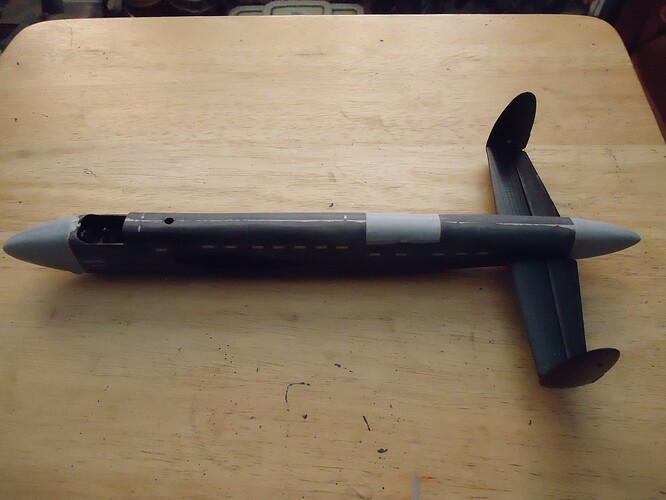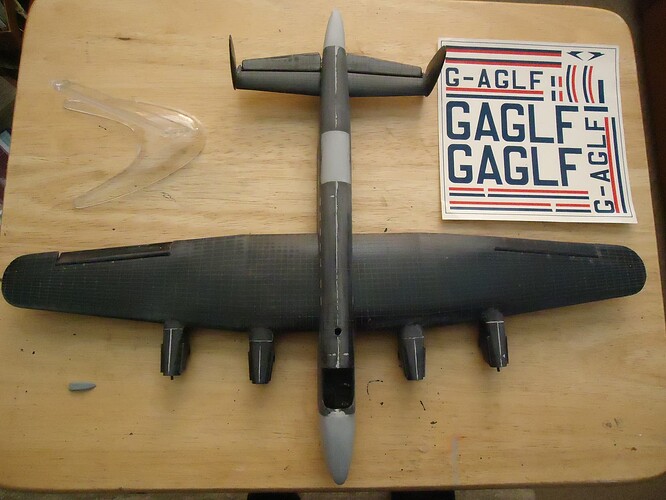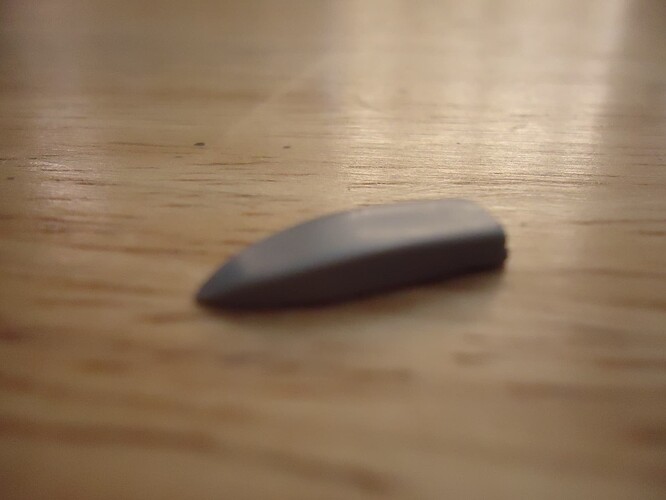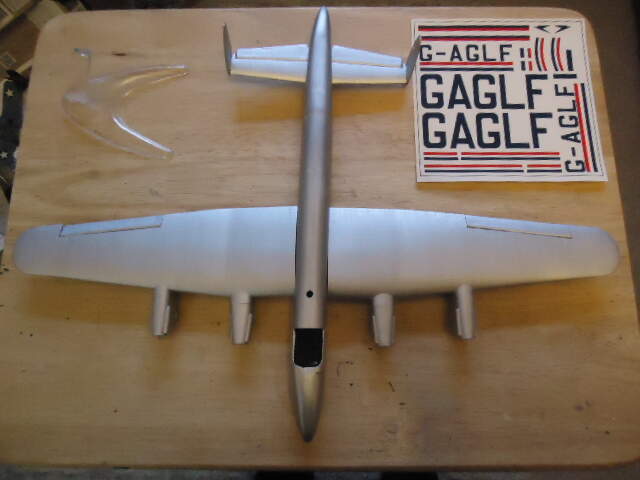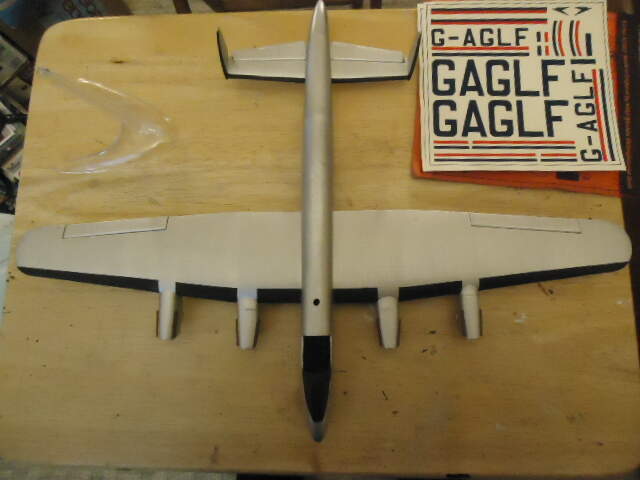And now for something somewhat different, I give you the Avro Lancastrian…
For much of WW2, Britain basically stopped producing civilian and transport aircraft. There were a few exceptions, but mostly the RAF adopted the Dakota and a few other types while planes in airline service were often drafted into military service. Always makes me think of the majestic HP 42s ending their days in camouflage rather than the glorious Imperial Airlines markings on bare metal. That of course makes me wonder why no one has made a 1/72 HP 42 injection moulded kit, and I then grind my teeth thinking that there still isn’t an Avro Lincoln kit, and that’s an afternoon gone ![]()
Anyway, the point is that the UK had a lack of home grown civilian types when WW2 was ending. It did however have an awful lot of large four engine bombers that soon were going to be out of a job. So limited conversions were made of the HP Halifax but more often the Avro Lancaster, which became the Avro Lancastrian. Naturally a lot of work went on inside the aircraft allowing the plane to serve as pure transport or airline duties. By all accounts it wasn’t the quietest journey with four RR Merlin engines just outside the windows, but since people had suffered all manner of privations during WW2 few people complained. A wee bit different from now…
Exterior changes were quite significant. the forward and aft turrets were taken off, the aircraft cut away to allow large nose and tail fairings to be attached. The top turret was also removed and it’s position cut away with fairings covering that area, in much the same way the Lancaster had when in Dambuster or Grand Slam dropping configuratios.
That brings me to where I am so far. Having found an unopened M&E conversion pack when sorting through some boxes, I decided to take a break from the 1/35 tanks and start on converting the original Airfix Lancaster I had in a ratty box, (from 1973, so no great loss since the turrets etc. aren’t great). I cut away the fore and aft sections in line with the handy 1/72 scale diagram of the Lancastrian printed on the inside of the packing. I also carved away the mid section turret position. The faings for the front and back both come in two parts, the mid section just one piece, so they were glued together, allowed to set, had filler added and basically made ready.
Meanwhile, the windows of the Lancaster were all backed by pieces of styrene and then filled in. The usual pilot seating added, the halves joined together and then simply glue the conversion parts in place. Only when you do that do you see exactly how much filler is required, (quite a bit) and how much the old kit needed filler in the first place, (a lot) Fast forward the filling, flattening and sanding and you reach the stage I’m at now… (see photos). I added the tail sections too, basically to have the fuselage sit upright. The wings are a straightforward build with no variation from the Lancaster… Again, quite a bit of filler required. To be continued.

